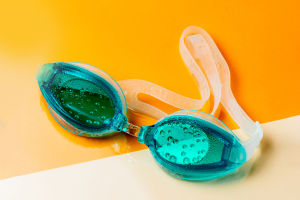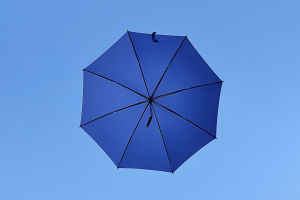The art of flower arrangement combines natural beauty with human creativity, bringing the charm of nature into daily life through thoughtful design and placement.
Below, we introduce seven essential techniques for mastering flower arrangement, covering composition, color coordination, and tool usage to help you effortlessly embark on this elegant art form.
1. Composition
Composition is the core technique of flower arrangement, determining the balance and harmony of the overall design. Common compositions include triangular, asymmetrical, and circular forms.
Triangular compositions emphasize height and layers, ideal as centerpiece decorations, while asymmetrical forms exude dynamism and modernity. When selecting primary flowers, secondary flowers, and fillers, ensure a balanced ratio—typically 50% for primary flowers and 25% each for secondary and filler flowers.
2. Color Coordination
Color choices set the emotional tone of a flower arrangement. Monochromatic schemes convey simplicity and elegance, suitable for weddings and formal events.
Analogous colors create warmth and softness, making them ideal for home décor. Contrasting colors, on the other hand, deliver striking visual impact and highlight individuality. Use the color wheel to select two or three dominant colors, balancing the overall look with green foliage or neutral-toned flowers.
3. Flower Selection
Choosing the right flowers is key to a successful arrangement. Prioritize fresh blooms and foliage, and incorporate dried flowers, fruits, or decorative elements to suit the theme.
Tulips and lilies are great for spring arrangements, while sunflowers and baby’s breath shine in summer designs. Pay attention to textural contrasts—pairing soft petals with rough bark adds depth and richness to your arrangement.
4. Creating Visual Flow
Height arrangement plays a vital role in defining the three-dimensional effect of your work. The primary flowers should be slightly taller than others, acting as focal points, while secondary and filler flowers taper downward.
Follow the "golden ratio," with the primary flowers standing at about 1.5 times the height of the container. This ensures harmony while guiding the viewer’s eye through the design.
5. Tools and Accessories
The right tools make flower arranging easier and more enjoyable. Choose containers like glass vases for showcasing submerged stems or ceramic vessels for an artistic touch.
High-quality scissors minimize stem damage, extending flower freshness. Use floral foam or adhesive to stabilize your arrangement. For smaller designs, tweezers and pruning shears are indispensable tools.
6. Environment and Lighting
The display environment affects the visual impact of flower arrangements. Place them in softly lit areas, avoiding direct sunlight that can wither flowers. Opt for subtle background colors to let your arrangement stand out. Additionally, use lighting and shadows to create depth and add dramatic flair to your display.
7. Creativity and Personal Style
Flower arrangement is both an art form and a means of self-expression. Dare to break conventions by incorporating unconventional materials like feathers, ribbons, or metallic elements.
Alternatively, highlight local flora to celebrate regional charm. Exploring different styles, such as the minimalist Japanese "Ikebana" or the romantic European "naturalistic" design, can also inspire unique creations.
Flower arrangement is not only a skill but also a lifestyle art that enriches everyday moments. By mastering these techniques, you can craft your own unique floral designs, bringing vibrancy and elegance to every corner of your life. May you find endless joy and inspiration in the world of flowers and creativity!


